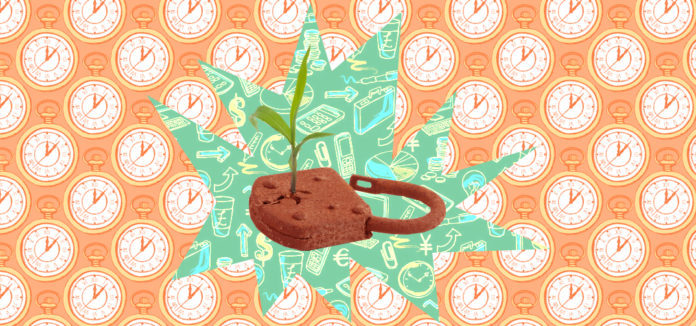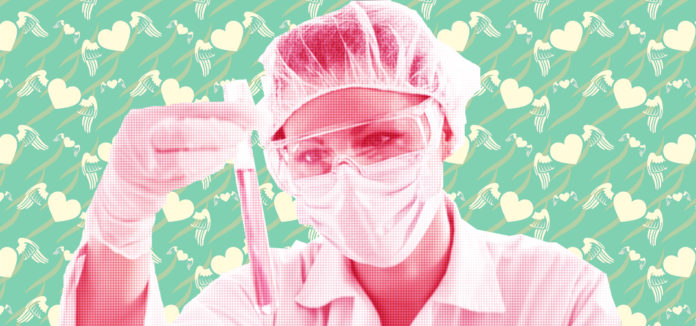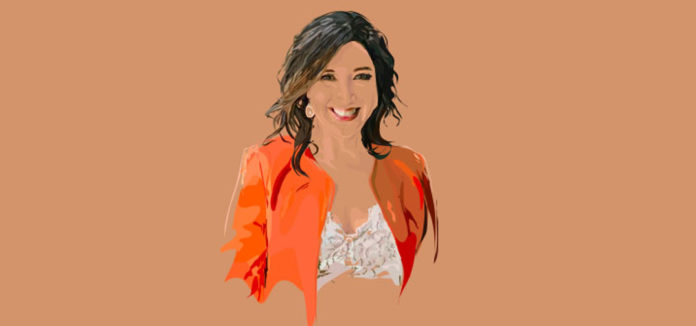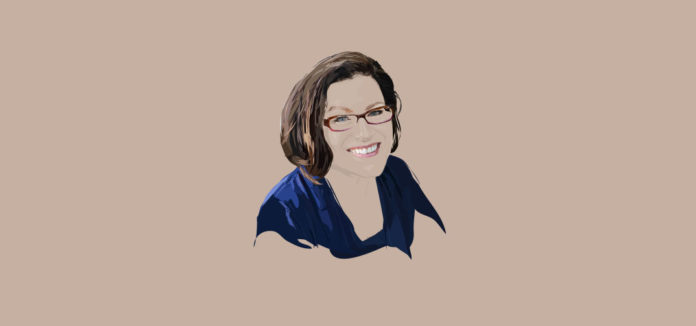The more time you spend working, the more you get done. Right? Wrong. The 60-hour work week might be the norm but that doesn’t mean it is optimal. In fact, studies show that productivity plummets when workers put in more than 50 hours per week and falls off the cliff beyond 55 hours.
In the same way that computers become sluggish or crash when overloaded when too many applications and programs are running simultaneously, we similarly experience data overload and system failure when we spend too much time trying to get more done.
Overwork leads to burnout—that toxic trio of exhaustion, resentment and apathy.
Here are 5 ways to prevent burnout from getting the better of you:
1. Work smarter: Measure productivity in terms of results not hours logged.
2. Your plate if full: Say no to new projects. Prioritize what you want to get done and be realistic about what you can do.
3. Turn off: Don’t let work bleed into your personal life. Make the most of your “off” hours by spending time doing things you enjoy and with the people you love.
4. Get Physical: Move more. Take the stairs. Get up from your desk and walk for a few minutes at the end of each hour. You don’t need to go to a spinning class every day to get the benefits of increased movement.
5. Uni-task: Focus on one task at a time. The more your multi-task, the less you get done. Trust me on this. As a reformed multi-tasker, I assure you this works.
6. Take a break: Go for a walk around the block, take a nap, eat lunch outside the office, chat with a co-worker. If you need a boost, studies show that morning breaks are better than afternoon breaks.
7. Take a vacation: More than half of American workers leave vacation time unused. Don’t be one of them. Taking time off is good for your heart, your health, and your productivity.
Don’t be a work martyr. This isn’t New Age hocus-pocus. This is ancient wisdom combined with cutting edge science. Who can argue with that?
“Improved productivity means less human sweat, not more.”
~Henry Ford
I wish you all the best,
Dr. Samantha Boardman







